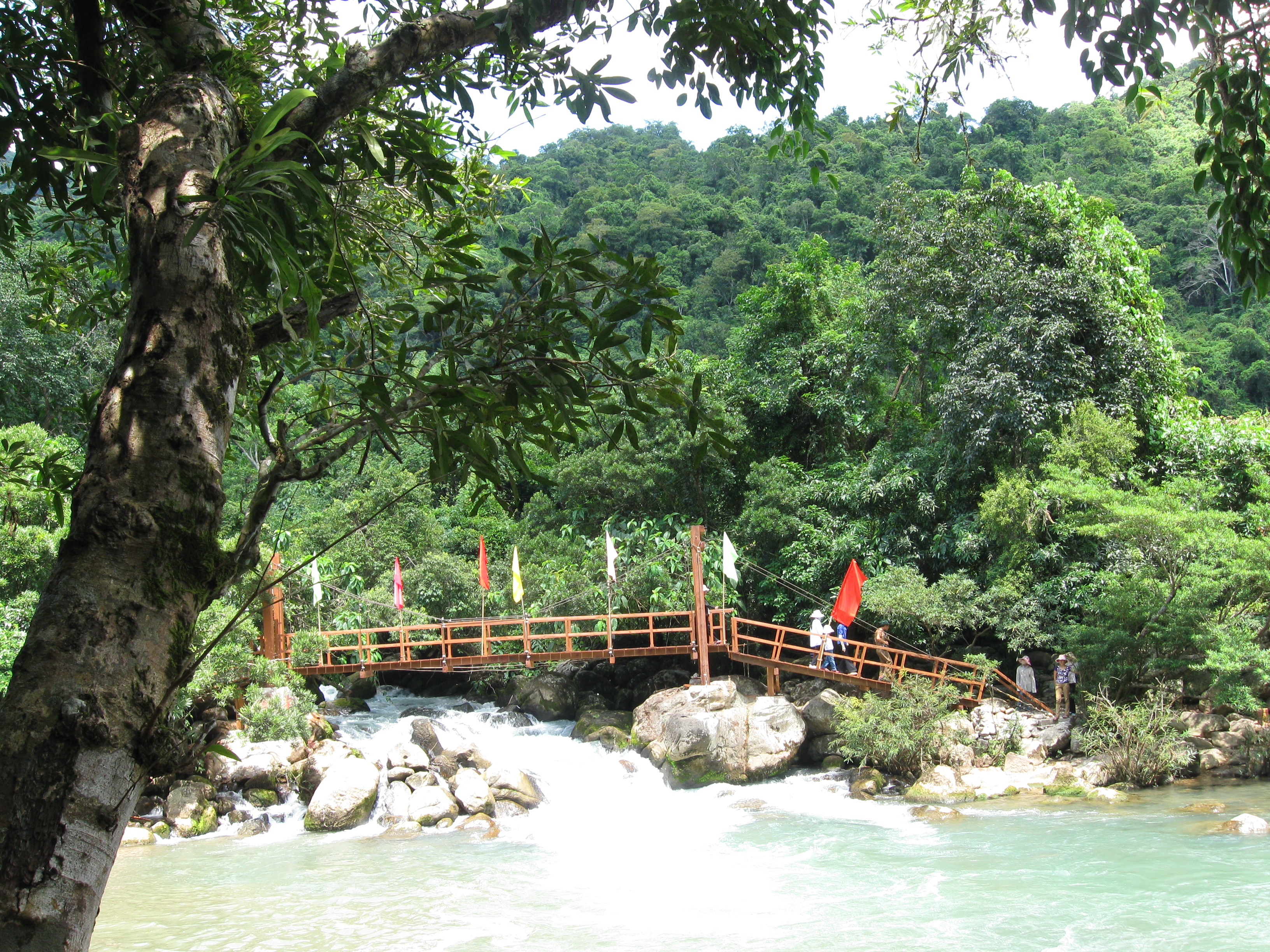Viet Nam Approves National Plan for Capacity Development in Protected Area Management

Nuoc Moc Eco-trail in Phong Nha-Ke Bang National Park in central Viet Nam
Viet Nam is one of the most biodiverse countries in the world, with endemic plant and animal species enriching the country’s numerous ecosystems and natural habitats. Although rapid economic growth has led to tangible social advances, the exploitation of natural resources has had significant impacts on biodiversity. Viet Nam has a comprehensive network of 164 protected areas covering a total of 2.2 million hectares with the explicit objective of protecting ecosystems. However, the results of protected areas in terms of effective conservation of biodiversity have been mixed at best. Poaching and illegal logging continue to be significant problems in protected areas, and wildlife populations have been decimated in recent decades. Explanations for the poor performance of protected areas in Viet Nam include:
Weak human resources policies: The accountability of staff for actual performance is limited and mechanisms that would reward performance do not function. Polices for selection, training, promotion and assignment of officers working in protected areas do not exist or are not applied. Job descriptions of PA staff are generally missing and organizational structures are not harmonized. As a result, protected areas have a difficulty attracting, recruiting and maintaining qualified staff, and hence the staff capacities for organization, management, monitoring and implementation of PA activities are often limited.
Limited investments in conservation: whereas the overall financial resources for protected areas in Vietnam are quite high, there are limited resources for actual biodiversity conservation, monitoring or research activities. Budgets are used for overheads, forest protection (e.g. firefighting) and infrastructure projects. The added-value for conservation of infrastructure projects are often questionable. Databases on biodiversity are non-existing or incomplete, which further limits the accountability of managers for their successes in fulfilling the conservation mandates of protected areas.

Dr. Tran The Lien, Director of Nature Conservation Department, Vietnam Administration of Forestry, chaired a consultation workshop on National Capacity Development Plan for Protected Area Management
On 10 May 2017, in order to address these challenges, the Prime Minister, Mr. Nguyen Xuan Phuc, approved the National Capacity Development Plan for Protected Area Management in Viet Nam to 2025, with a vision to 2030.
This is the first time a national capacity development plan for the management of protected areas has been developed for Viet Nam, and its approval underlines the government’s continued commitment to protecting the country’s biodiversity. From the very beginning of the plan’s development, GIZ provided essential support through the Programme on Conservation and Sustainable Use of Forest Biodiversity and Ecosystems Services in Viet Nam.
The national plan stipulates three specific objectives: (i) to improve the legal framework on institutional organisation, finance and human resource development; (ii) to strengthen the management capacity and professional competence for institutions that manage protected areas; and (iii) to equip facilities appropriately and apply advanced science and technology.
An estimated USD 5.4 million (of which USD 2.3 million from the State budget, and an additional USD 3.1 million from international development organisations, payments for environmental forest services, and other organisations and individuals) is required for implementation of the plan to 2025.
The Ministry of Agriculture and Rural Development will work in collaboration with relevant ministries, provincial authorities, and training agencies to implement the national plan. Particularly, protected area management boards, as main actors, will actively be involved in submitting investment proposals to national and international organisations to support training courses and capacity development.
The National Capacity Development Plan represents a significant step forward for Viet Nam’s network of protected areas. For the first time, guidance will be given to management boards and stakeholders on aligning their annual plans with an overall strategy. Management and staff will have the opportunity to develop the competencies and skills necessary to run a coordinated protected area system that emphasizes the importance of scientific research. And most importantly, the introduction of the national plan has the potential to foster cooperation between staff at different protected areas, and encourage local communities to get involved in forest protection and biodiversity conservation initiatives.
We are currently translating the Decision into English. Please contact us at office.biodiversity@giz.de for the full English version and/or further information.

